5 Asthenosphere Facts: What is the Asthenosphere?
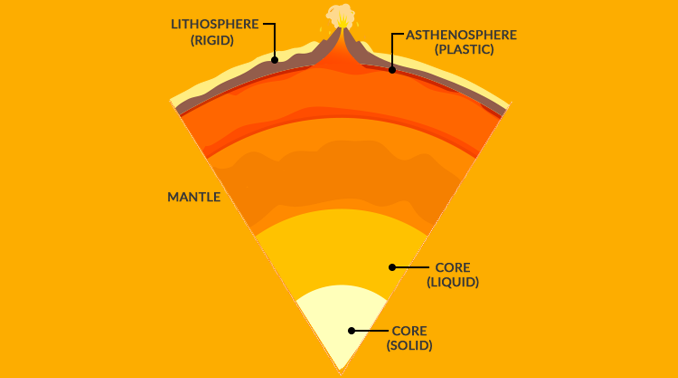
DEFINITION:
The asthenosphere is a soft, semi-solid “plastic” layer of the Earth. It’s hot and flows slowly, allowing the rigid tectonic plates above it (the lithosphere) to move.
What is the Asthenosphere?
The asthenosphere is a semi-fluid layer located in the upper part of the Earth’s mantle, situated beneath the lithosphere.
It plays a crucial role in plate tectonics, as its partially molten and ductile nature allows for the movement of tectonic plates above it. This facilitates the shifting and interaction of Earth’s rigid lithospheric plates.
Earth’s crust (lithosphere) is like a hard, rigid shell and sits on top of the asthenosphere. Then, it rides it like a conveyor belt transporting it slowly from one place to another because of the asthenosphere.
Now that you have the basics. Here are 5 facts about the asthenosphere.
1. The asthenosphere lubricates plate tectonics
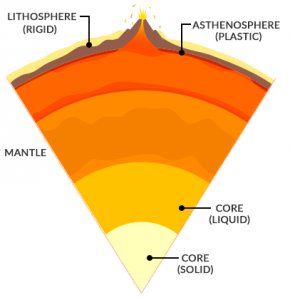
The asthenosphere is the unsung hero of our planet. This plasticky layer 80 to 200 km beneath our feet provides the necessary lubrication for plate tectonics.
That’s right. It’s the rigid lithosphere that we live in that rides on the asthenosphere. It’s because of the fluid-like properties that our crust sits on top.
The asthenosphere formed during a dramatic period of Earth heating. When the Earth started cooling down, solid continents began to rise up out of the mantle from plate tectonics.
Since then, rocks have cycled from deep inside the Earth and up again as part of the rock cycle. Like a conveyor belt, continents have passively carried vast distances as part of continental drift.
2. The asthenosphere is unique to Earth
The asthenosphere is unique to our planet. Earth is the only planet in the solar system with an asthenosphere.
If a planet doesn’t have water, this means it doesn’t have an asthenosphere. Likewise, without an asthenosphere, there’s no mechanism that provides the necessary lubrication for plate tectonics.
It’s the asthenosphere that’s vital to plate tectonics. Volcanism means there’s mantle convection.
For example, planet Venus has no sign of plate tectonics. Because Venus doesn’t have water, that means it doesn’t have an asthenosphere.
3. Convection cells occur in the asthenosphere
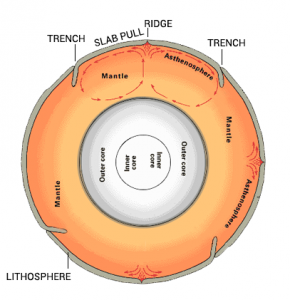
It’s important to understand that the asthenosphere flows. Because particles can freely flow, convection cells can happen here.
But in our rigid lithosphere (crust), it’s solid and particles cannot freely move. So, the lithosphere just floats on top of the asthenosphere.
Mantle convection is the mechanism that tears the lithosphere apart. As mantle convection rises, it breaks apart the Earth to form mid-oceanic ridges (tensional force).
When it sinks down, it breaks it apart (compressional force). These tensional and compressional forces are what drive plate tectonics.
Plate tectonics breaks apart the whole lithosphere in 12 major plate tectonics. Each plate moves as divergent, convergent and transform plates.
4. Asthenosphere composition and structure
Rock in the asthenosphere is close to the melting point. The temperature sits at around 1500°C, give or take 100°C.
But it avoids melting because the pressure keeps it solid. For any type of rock, the melting point corresponds directly to the pressure exerted on it.
The asthenosphere has a density of about 3.3 g/cm3. The crust which consists of rocks rich in silica has a density of about 2.5 g/cm3. And the Earth’s density as a whole is about 5.513 g/cm3.
Because of its buoyancy, the lighter lithosphere rock floats on top of it.
5. Glaciers compress the asthenosphere
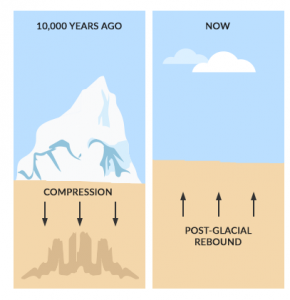
Ice ages have put our planet into a deep freeze. These bone-chilling temperatures have stacked kilometers of glacier ice.
Because of the mass, the interior gets pushed in. It compresses the asthenosphere until it pushes it out of the way.
If you were to remove the ice, you’d find the actual surface to be below sea level. For example, Canada is still on the rise from the last ice age. We know this because we use GPS sensors to detect vertical motion.
It’s rising because the asthenosphere rock is lifting again and flowing beneath. It’s flowing back up underneath slowly because ice is no longer compressing it.
So again, rock in the asthenosphere is behaving in a fluid manner. By deforming like silly putty, glaciers gradually push down it. After the ice melts, it slowly rebounds. This process is isostatic rebound.
What is the Asthenosphere?
The asthenosphere is a semi-fluid layer found in the upper mantle of the Earth, situated just below the rigid lithosphere.
Its properties, characterized by partial melting and a degree of ductility, enable the movement of tectonic plates, playing a vital role in the processes of plate tectonics and the reshaping of Earth’s crust.
We are always open to questions and comments. Make sure to leave anything you have in the comment section below.


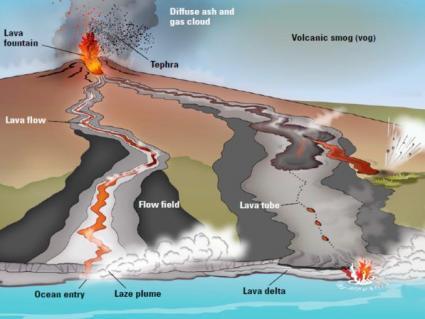

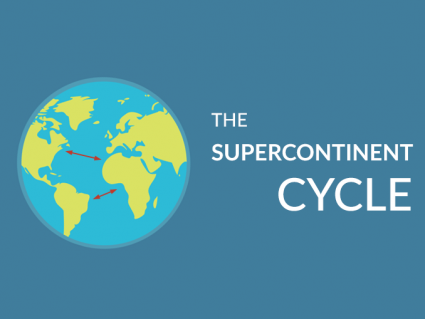
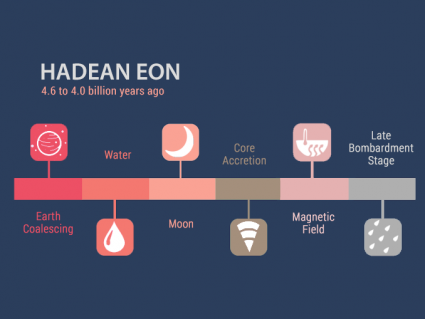


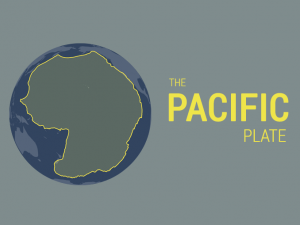
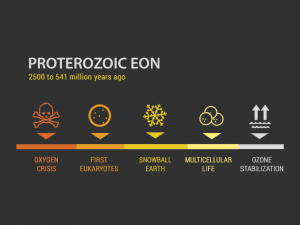
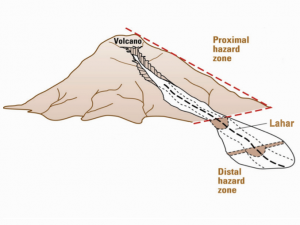
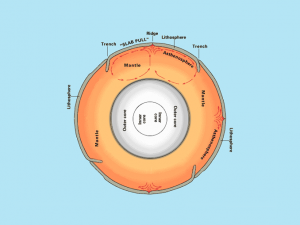
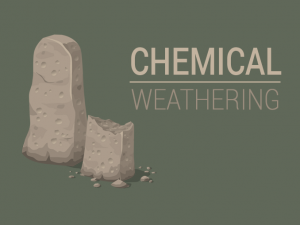
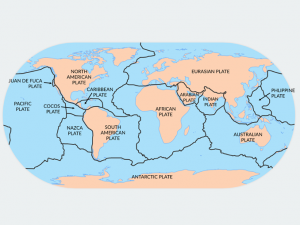
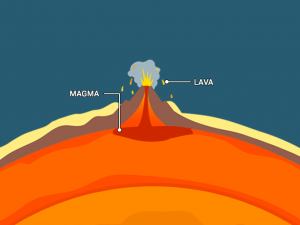
Olivine, pyroxene, and feldspar.
What is it made up of?
Thanks for the informations provided! as Geology student, I can now tell others the structure of the earth and why the lithosphere is situated above the asthenosphere.
help! why the density (3.9) of the upper mantle is less then the density (5.5) of the lower mantle
Thanks.
Amazing, wonder how much energy (heat) is stored deep down the earth, would have been wonderful if we could utilize it instead of the fossil fuels. And this would save our surface environment from pollution.
Wow this has been very helpful and if there are any more websites try and make them more public
Thank you for the information!
Thank you! Fascinated by earth tectonics, your presentations are amazing.
Again, thank you very much for the useful information.
But, maybe you could add some information on electrical conductivity in the asthenosphere and on geomagnetically induced currents in it due to geomagnetic storms?
Thank you for the information!😃
Thanks for the information. Trying to explain plate trectonics to a group, and this is helpjul